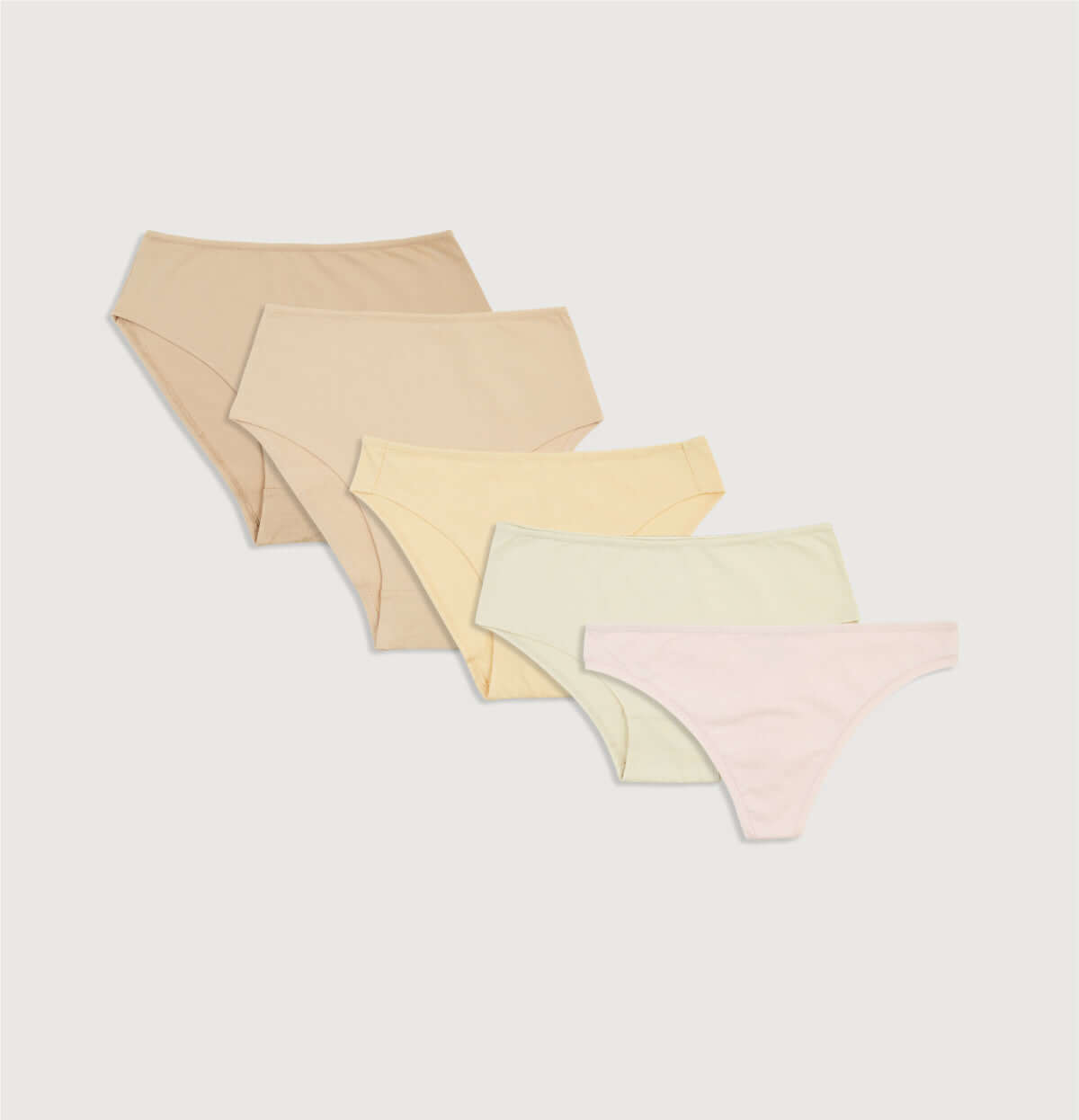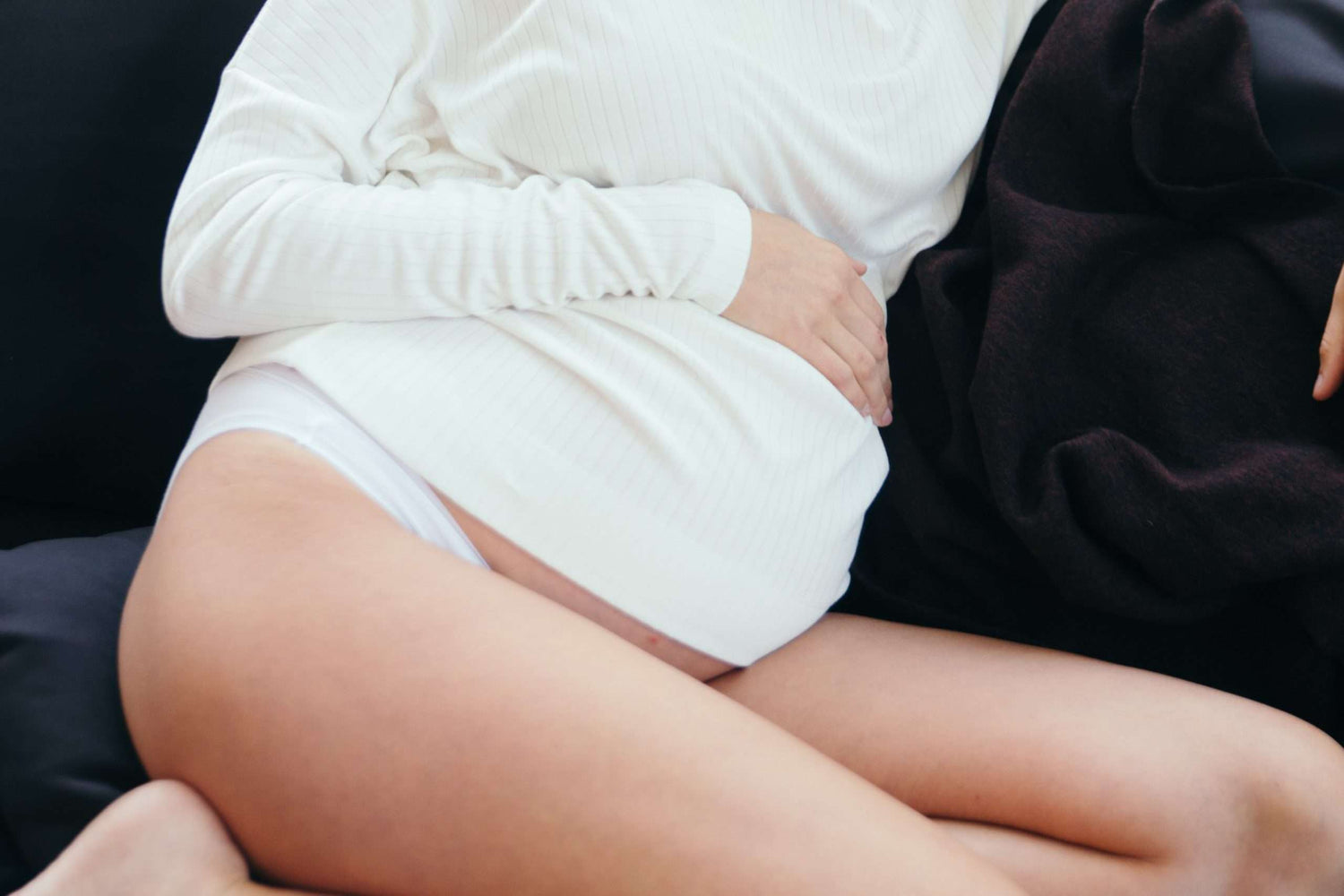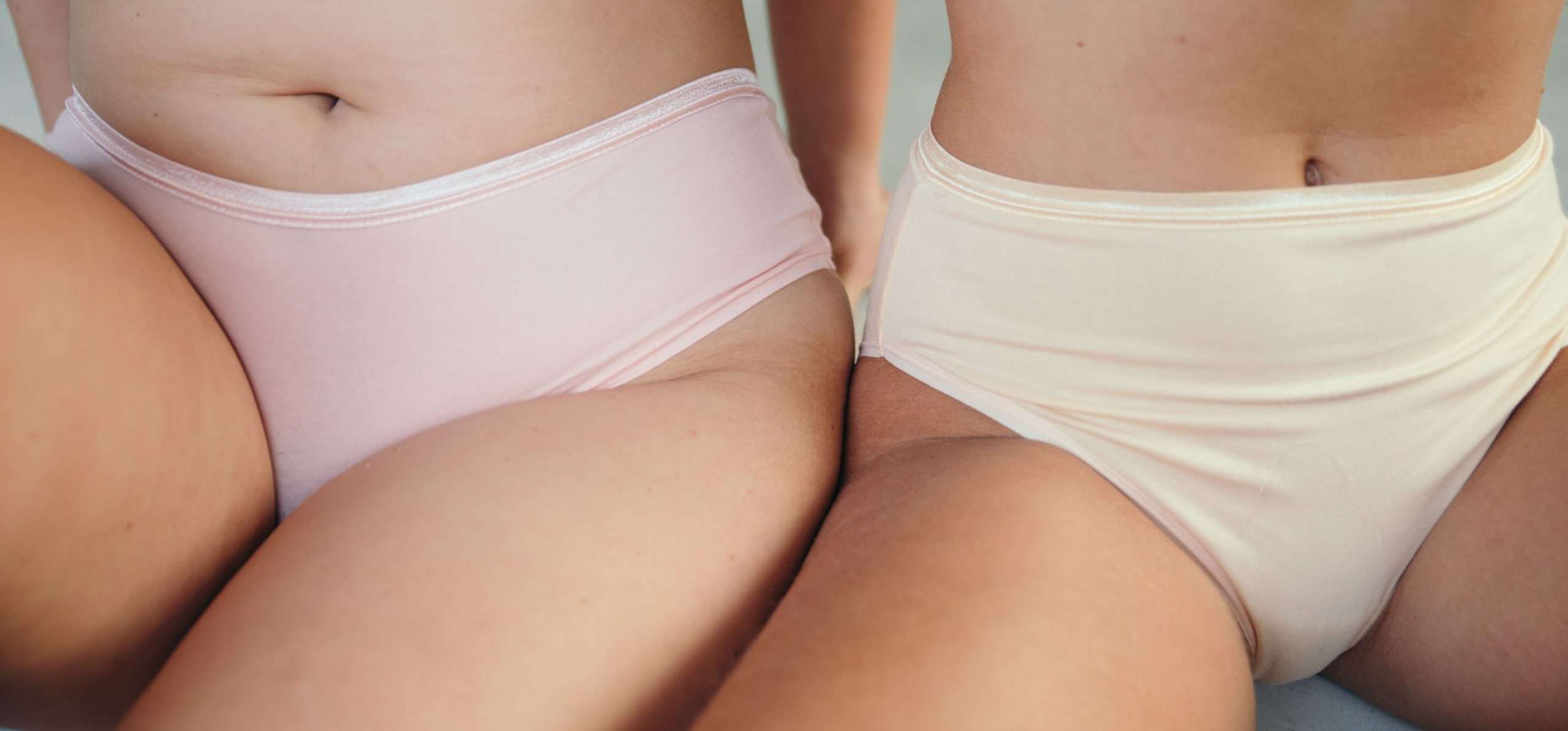Childbirth is one of the most significant events in a woman's life, and immediately after it begins a six-week period called "postpartum." Contrary to its promising name, postpartum is far from a time of rest, but rather the time required for the body to recover from the birth process and return to its pre-pregnancy state. During the postpartum period, the mother is expected to deal with painful abdominal cramps, very heavy bleeding, frequent visits to the bathroom, adjusting to breastfeeding, and hormonal fluctuations that cause mood swings.
Bleeding
During the postpartum period, the uterus is cleansed and the remnants of the pregnancy are shed through the vagina in a bleeding called lochia. The amount of lochia that is shed varies from woman to woman, and it continues intermittently for about four to six weeks after birth. Because lochia contains remnants of blood and blood clots, it is red in color, but after two to three weeks the color is expected to change to pinkish and then to yellowish-white.
Usually, during the intensive period of lochia discharge, it is necessary to use products with high absorbency that absorb the bleeding, keep the area dry, and prevent leakage of bad odors and secretions. Women found that disposable underwear for absorbing urine did meet the need for absorbing lochia, but the use of this product made routine very difficult and psychologically associated with dependence and disability. Many women who were looking for a more comfortable and feminine solution found that menstrual underwear helped absorb the initial and intensive stages of lochia discharge and made it much easier to absorb the milder lochia in the subsequent period. Menstrual underwear is more feminine in appearance and feel, and therefore more pleasant to the touch and use, especially during this challenging period.
Urinary incontinence
The frequent need to urinate stems from two main reasons: first, the body excretes the excess fluids that accumulated during pregnancy, and second, the pelvic floor muscles, which are the external mechanism designed to stop urinary incontinence when stressed, are very weak, so it is necessary to urinate very frequently or, alternatively, there is a chance of losing the feeling of the need to urinate. For these reasons, the protocol for treating a woman in labor in the hospital includes urinating immediately after birth to prevent urinary tract infection and to avoid inserting a catheter into the body.
It should be noted that over time, the pelvic floor muscles will strengthen due to the reduction in pressure (the release of fluids from the body and the contraction of the uterus) and sometimes with the help of specific exercises to strengthen them, and the phenomenon will go away on its own. Women who are concerned about urinary incontinence after childbirth can use menstrual underwear to prevent fluid leakage and bad odors.
nursing
Breastfeeding is the most natural way to feed your baby, the healthiest food that nature created especially for them. Many women strive to breastfeed after giving birth and enjoy many health benefits for themselves. Breastfeeding stimulates uterine contractions and helps the body return to its pre-pregnancy state. Breastfeeding helps release calming hormones like dopamine and oxytocin, which help bond mother and baby, and even reduces the risk of postpartum depression by 50%.
At the same time, it is accompanied by difficult challenges. Breastfeeding, which is perceived as a natural act, does not come naturally to women. Some women require lactation induction, pumping, a combination of breastfeeding and formula, women who suffer from nipple pain, women who fear that they do not have enough milk, and more. In addition, breastfeeding physically limits the woman. She must express the breast according to the newborn's demand, be available to him at all times, and still feel feminine and wear comfortable clothing. For these reasons, many women prefer to use a pleasant cotton bra during breastfeeding that lies comfortably on the body, facilitates the act of breastfeeding, and contributes to a sense of hygiene and personal care, both for those who are breastfeeding for the first time and for those who are breastfeeding for long distances.
Today, unlike in the past, women can feel more feminine and cared for during the postpartum period, which is known as one of the most challenging and growing periods in their lives, with the help of lingerie that suits their needs and gently envelops them, allowing them to feel feminine and cared for without compromise.






